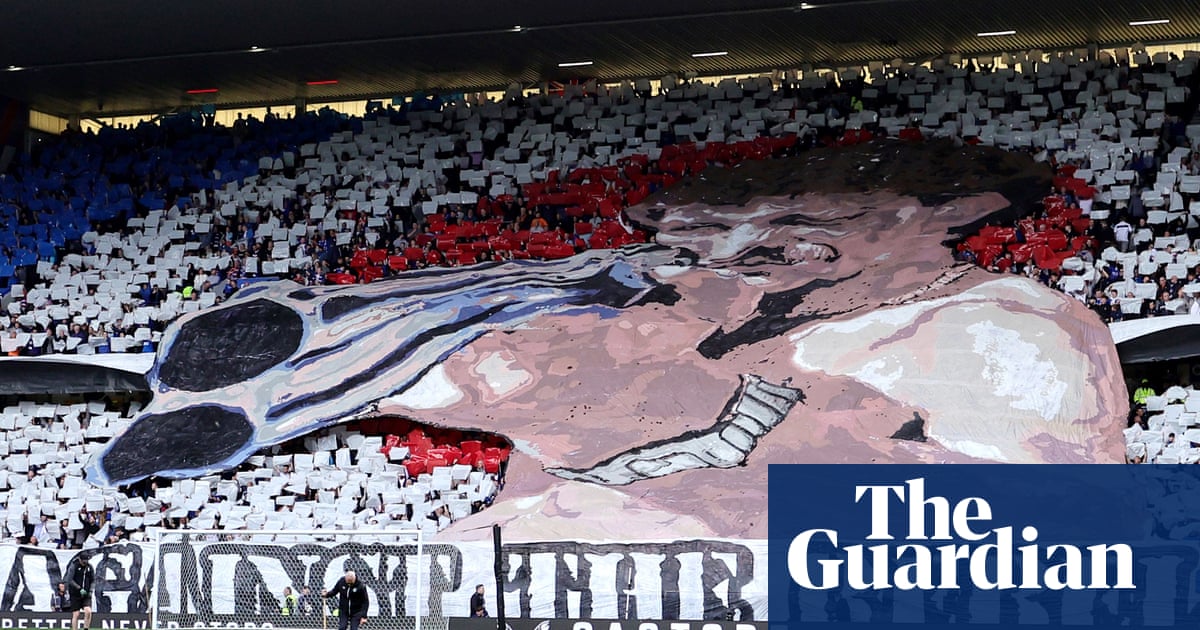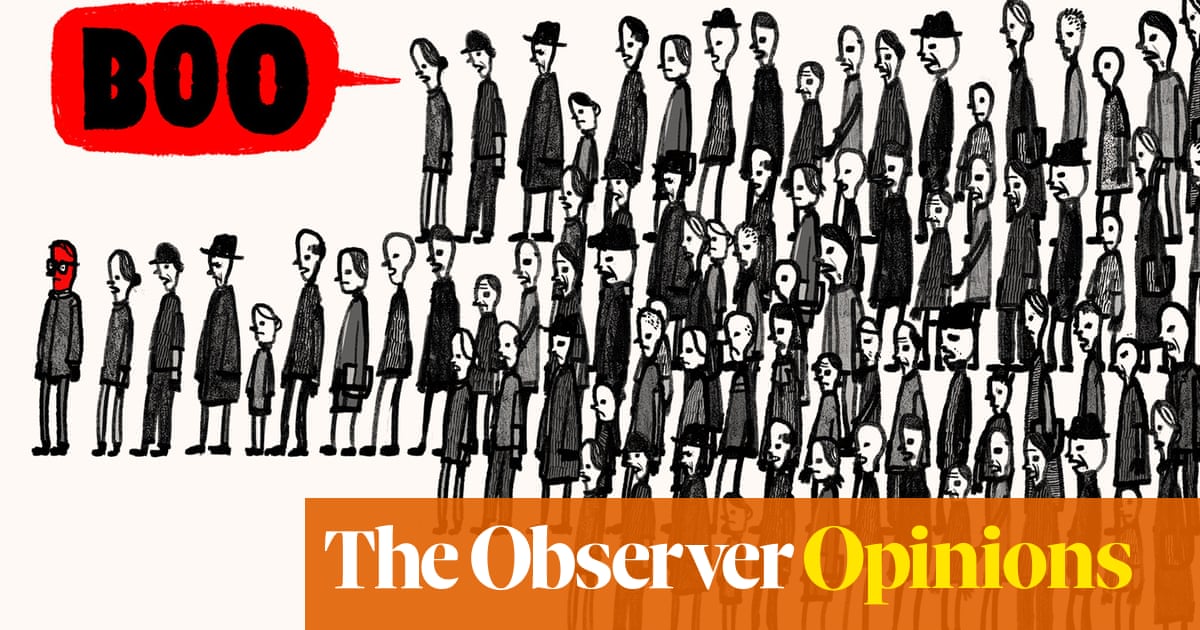James Cahill’s first novel, Tiepolo Blue, charted the sexual liberation and psychic disintegration of an uptight Cambridge art historian. It was a bravura performance that more than lived up to its extravagant pre-publication praise. But can his second, The Violet Hour, live up to his first?
Cahill himself is more than aware of the reputational tightrope walk that is a creative career. The Violet Hour features a fictional contemporary artist, Thomas Haller, whose own eminence, from the 1990s onwards, is contrasted with the downbeat experience of perhaps equally talented female artists who are hitting their heads against glass ceilings and brick walls. Despite his success as an abstract painter who has defined himself against the YBA aesthetic, Haller has been on the receiving end of one devastatingly negative review, brilliantly and wittily ventriloquised by Cahill. The motives for it turn out to be complicatedly personal.
After the dusty parochialism of Cambridge, the canvas here is broader, more global, more glamorous, cutting between New York, London, Hong Kong, Montreux. But the same theme – art and lies – endures. While Tiepolo Blue featured a Mephistophelean mentor, here we have a svengali in the shape of a European international art dealer, Claude, whose sinister will to power emerges as we turn the pages at increasingly anxious speed.
The novel begins with a set-piece scene in London’s Vauxhall in which a young man falls, like Bruegel’s Icarus, from a balcony to his death. Who he is, and what his connection is to Haller, unfolds through complex plotting with calculated dead ends to trip the reader up. Antonioni’s Blow-Up, the classic 1966 film that famously fails to give closure, is name-checked. Another crucial cinematic reference is Douglas Sirk’s Technicolor 1959 melodrama Imitation of Life, stills from which are ultimately revealed as Haller’s inspiration. His seemingly abstract intellectual canvases turn out to be “kitsch”: slavish copies, massively blown up, of minute visual details from the movie. But does that make his art less “real”?
As with Tiepolo Blue, erudite allusions abound, yet there’s a thriller element that keeps you reading. This is a novel about art and its moral compromises, and The Violet Hour’s tutelary spirit is that of Henry James, creator of the villainous aesthete Gilbert Osmond and a writer whose work is peculiarly conflicted on the topic of art. James’s comments on his own “fidget of composition” and finding “the next happy twist of my subject” are quoted here by one of the characters, making Cahill as self-consciously implicated a literary artist as the Master himself.
Like James, Cahill is brave when it comes to empathising with female characters as a gay man. His portrayal of the unravelling of the lesbian relationship between Haller’s New York gallerist Lorna and her younger lover Justine, through jealousy and professional rivalry, rings true. Prior to meeting Justine, Lorna had been close to the now fabled Thomas Haller at art school in London in the 1990s before later becoming his New York dealer. They had even had a brief, odd sexual encounter, resulting in a pregnancy. Lorna is haunted by the baby boy she gave up for adoption. The plot plays on her desire both to know and not know what has happened to him. Meanwhile she and rival dealer Claude fight it out over the soul of Haller.
This is an enthrallingly intricate novel, with a large cast of characters whose stories and psychological hinterlands are successfully interlinked through the mesh of art, money and desire. Lorna and Claude are the dealers, while the buyer on the other side of the equation is Leo Goffman: a billionaire New York real estate mogul and owner of the best collection of modernist art in private hands. He’s a monster. But his cupidity for Picassos, Brâncușis – and Hallers – turns out to be a reaction to trauma, denial and the loss of a child that parallels Lorna’s experience.
This novel, which plays so much on ideas of memory and illusion, can perhaps only be fully grasped on rereading. Haller’s career was made by a “retrospective” in New York, and his behaviour in the earlier parts of the story only makes full sense in retrospect. This is a text that demands – and repays – the reader’s attention.
after newsletter promotion
Cahill’s talent for combining clean, hard prose with pit-of-the-stomach emotional chaos was evidenced in his first novel. Here, even the most throwaway descriptive writing – a New York skyline, say, resembling a tray of proffered bottles – is edgily on point. The dialogue at times reads like an accomplished screenplay, to the extent that it seems to be pitching to be simplified for adaptation. Good luck to Cahill if so. But the more subtle Jamesian nuances of this impressive novel, which outstrips its idiosyncratic predecessor in ambition, will be lost in the process.

 2 months ago
56
2 months ago
56













































